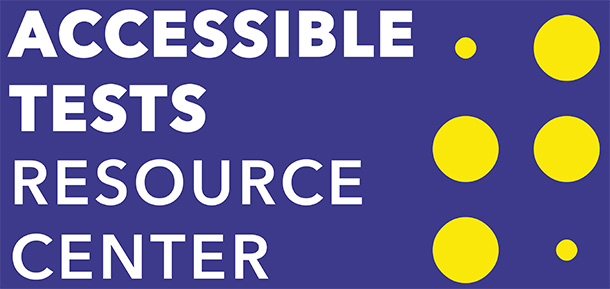Go to navigation for Accessible Tests Resource Center
Position Paper: Intelligence Testing of Individuals Who Are Blind or Visually Impaired
By Stephen Goodman, Carol Evans, and Marnee Loftin
This is a position paper prepared jointly by select APH staff and authors Stephen Goodman, Carol Evans, and Marnee Loftin.
An Intelligence Testing Committee made up of APH staff and field experts was formed by Debbie Willis, Director of Accessible Tests Department, in January 2007 to provide a rationale for administering intelligence tests to individuals who are blind and visually impaired. Committee members determined that the priority was to develop and disseminate “key points and guidelines” in a position paper regarding intelligence testing of individuals who are blind and visually impaired.
Ten key points and guidelines were formulated. They are:
- Administering Intelligence Tests: Intelligence test results yield valuable information about an individual and increase the usefulness of the overall evaluation.
- Specialized Training: Those administering tests need specialized training in theory of assessment and test construction, as well as child development and communication methods of individuals who are blind and visually impaired.
- Reasons for Evaluation: The reasons for the evaluation, and the resulting specific clinical judgments and recommendations, should be clearly documented in each individual’s report.
- Collaboration: The visual impairment and/or rehabilitation professional, classroom teacher, family, and individual must be involved during the planning, evaluation, and report writing process.
- Eye Condition and Developmental History: The evaluator should be aware of the individual’s medical and developmental history, as well as the implications of the eye condition on the tasks to be performed.
- Adaptations: Adaptations, which include accommodations that neither change the concepts nor the difficulty level of each test item, should be planned in advance in collaboration with the visual impairment and/or rehabilitation professional and the test developer whenever possible, and be well-documented in the final report.
- Tactile and Symbolic Representations: Symbols, tactile graphics, and miniature objects must be carefully considered and used with caution to represent pictorial or graphical information. Real objects should be used whenever feasible.
- Direct Observation: The assessment should include direct observation in multiple situations.
- Qualitative Interpretation: When visual-spatial items or tests are administered, these results should be used only for clinical purposes and to identify appropriate modifications of educational or vocational materials and instructional methods. Results obtained from visual-spatial evaluations must never be reported as scores or used to determine the presence of other disabilities. Important exceptions to this guideline exist, and are documented in the complete position paper.
- Reporting Results: Reports of assessments of individuals with visual impairments need to be expanded to include an explanation of the procedures followed, changes in standardized administration, and the description of performance observed.
A discussion regarding this group’s position and necessary guidelines is included in the complete position paper.


